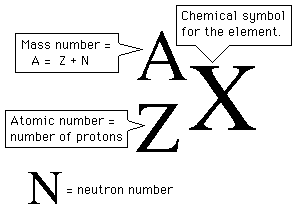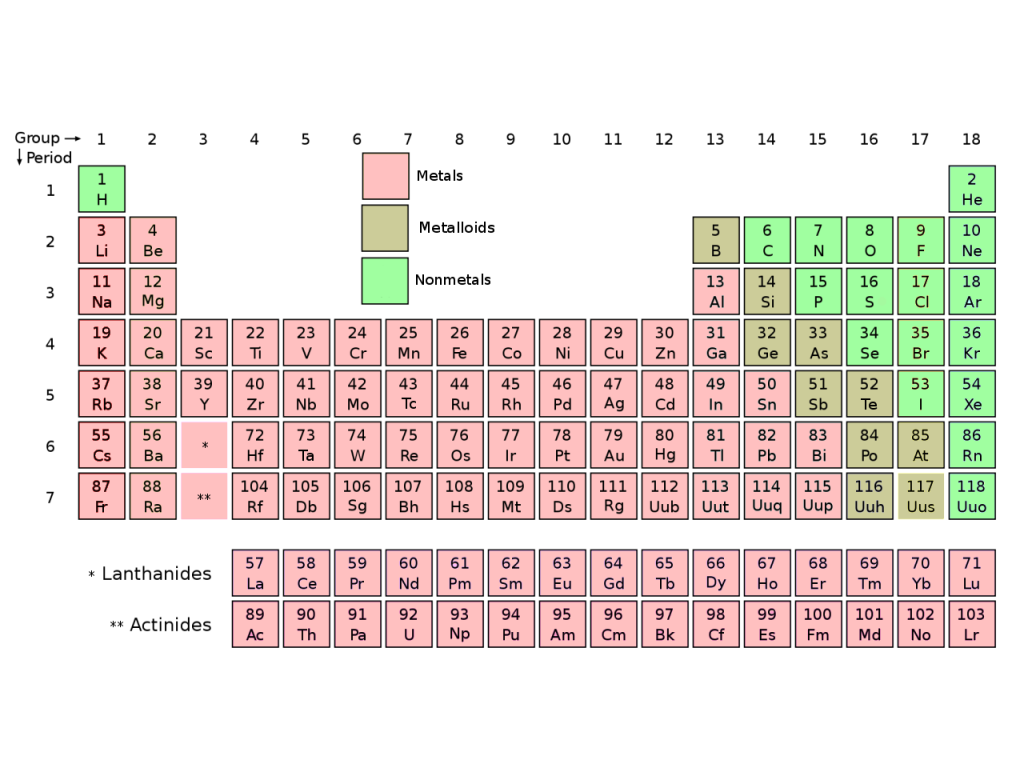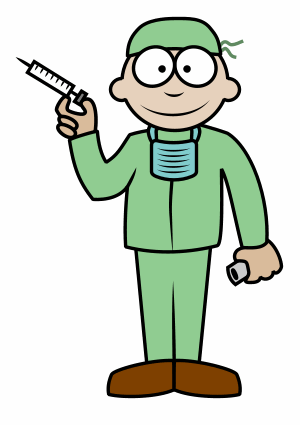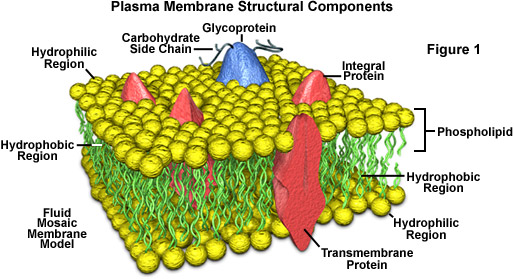GAMSAT Biology Mitosis and the Cell Cycle
Re: GAMSAT Biology Mitosis and the Cell Cycle
Binary Fission
Bacteria divide by a process known as binary fission. The process involves the migration of two identical DNA molecules to opposite ends of the cell. The cell then divides in two and each new cell enlarges to the original size. DNA replication proceeds bidirectionally from the origin to a specific termination site.
The doubling time of bacteria in the presence of unlimited resources can be calculated as follows:
b = B x 2n
b is the number of bacteria at the end of the time interval; B is the number of bacteria at the beginning of the time interval; n is the number of generations.
Eukaryotic cell cycle
The eukaryotic cell cycle is divided into 5 different phases.
Gap 1 (G1)
Synthesis (S)
Gap 2 (G2)
Mitosis
Cytokinesis (C)
G1, S, G2 = collectively called interphase.
Mitosis and cytokinesis = collectively called M phase.
The following image shows the different phases of the eukaryotic cell cycle:
Interphase
Interphase takes place for the preparation of mitosis. G1, S and G2 are subphases of interphase. G1 is the primary growth phase. DNA synthesis occurs in the S phase. The G2 phase occurs before mitosis and after the S phase.
M Phase
The M phase contains mitosis and cytokinesis and occurs after the G2 phase. Mitosis can be divided into 5 stages – prophase, prometaphase, metaphase, anaphase, telophase, Cytokinesis then occurs.
The DNA has been replicated after G2 phase.
Prophase: chromosomes condense and become visible. Chromosomes are seen as two sister chromatids and are held together by a centromere. Spindles begin to form.
Prometaphase: chromosomes attach to microtubules and chromosomes move to the equator of the cell.
Metaphase: chromosomes are aligned along the center of the cell in a straight line. The equator of the cell is called the metaphase plate.
Anaphase: centromeres of sister chromatids are degraded and individual chromosomes are freed. Chromosomes move to opposite poles and spindle poles move apart.
Telophase: the clustered chromosomes at each pole decondense. Nuclear envelopes form around the chromosomes.
Cytokinesis divides the cell into two separate cells.
The cell cycle can be halted at 3 different checkpoints. The checkpoints include:
1. G1/S – commitment to divide.
2. G2/M – important to ensure the integrity of DNA.
3. Spindle checkpoint – ensures all chromosomes are attached to the spindle fibers.






